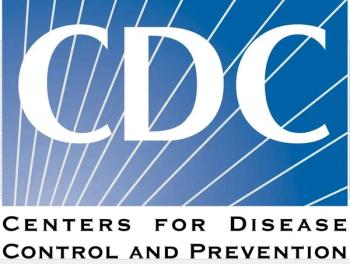
How SARS-CoV2 Spreads: Infection = Exposure x Time
A blog post on COVID-19 transmission by a US biology professor at UMass Dartmouth went viral this week. Find out what your patients are reading and test yourself, too.
A May 6th blog written on the science of COVID-19 transmission went viral almost over night. The blog, titled
Dr Bromage notes that his post was inspired by an article that appeared on the web site Quilette, titled
Newsletter
Enhance your clinical practice with the Patient Care newsletter, offering the latest evidence-based guidelines, diagnostic insights, and treatment strategies for primary care physicians.















































































































































































































































































